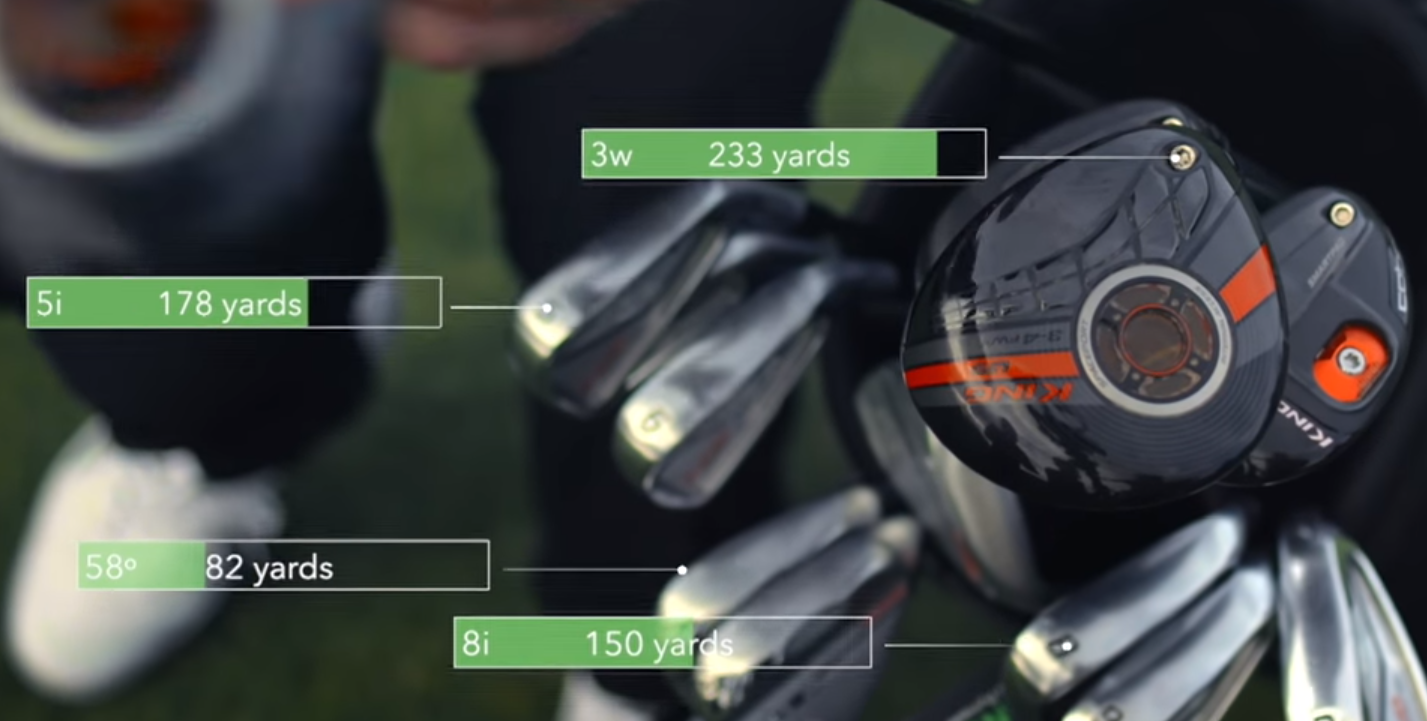
Optimize Your Golf Game with Advanced Analytics

(sattahipbeach/Shutterstock)
About 24 million Americans play golf every year, making it one of the country’s top pastimes. However, the number of people who are proficient at the sport is far lower. Now amateur golfers can get a little help on the links by way of big data analytics.
Not every golfer has the time or money to improve their game by taking lessons from their local professional. But now, thanks to the power of machine learning algorithms and smartphones, the tools for improving one’s golf game are within the reach of the average player.
One of the most well-known connected golf setups is Arccos 360. The product, which retails for about $250, essentially tracks a player’s game, including which clubs the players use, where they hit the ball, and how many shots it took to complete each hole.

Arccos 360 gives players instant analytical feedback on their golf game from the comfort of a smartphone
Arccos 360 captures this data in two ways. First, it uses wireless sensors that attach directly to the player’s golf clubs to determine which club the player is using. Secondly, it taps into the GPS radio on a smartphone to track the geo-coordinates of the player – and thus the ball – as they move about the course.
All this data goes into a mobile database that’s located right on the player’s smart phone. When the game is over, the player can consult the app to see how they did on the course. Colin Phillips, senior vice president of software development at Arccos, describes what comes next:
“Normally there’s one number, which is your handicap,” he tells Datanami. “We break your golf game down into five facets: driving, approach, chipping, sand, and putting. We’ll give you a score for each of those.”
Because the Arccos also contains a map of every golf course in the world, the app can compare how each player did on every part of the course, including the fairways, the bunkers, and the greens. “Overlaying your own golf data on that geo-mapped data, we can tell you a lot about the quality of your golf game,” Phillips says.
It also gives insights into individual’s performance over time. For example, the software can pick up a player’s tendency to miss fairways to the left with the 3-wood, or a glaring inability to hit the green with the 8-iron. That data, in of itself, can be useful to the average golfer.

Decisions, decisions: Arccos provides a data-driven way to make them on the links
“Most golfers don’t know what their problems are,” Phillips says. “They just know, ‘Oh I’m shooting in the 90s and would like to shoot in the 80s.’ If you scroll down on that, what are you actually doing? They don’t really have a grasp necessarily on where they’re actually struggling.”
Arccos debuted its first golf analytics product in October 2014, and today it’s considered the top connected golf setup in the industry. A recent overhaul of its tech stack, including a migration away from SQL Lite to Realm‘s framework and mobile database, helped to simplify life for Arccos’ developers, while providing a performance boost at the same time.
Recently the company introduced Arccos Caddie, which takes connected golf to the next level. Whereas Arccos 360 provides a glimpse into a player’s past performance, Arccos Caddie uses machine learning algorithms to generate recommendations for what the player should do next, including how to attack a specific hole and which club to use.
“Arccos Caddie is using machine learning algorithms to basically predict the optimal path for you from tee to green on every golf course, including golf courses you’ve never played,” Phillips says. “We can take your statistics and see how they look on top of each course, such as Augusta National.”

Arccos Caddie uses Azure ML to generate recommendations for golfers as they’re playing
In many ways, the Arccos Caddie replicates the job of a human caddie. In that sense, it’s AI for golf.
“When playing a hole,” the company says, “a user simply taps the caddie button to see their optimal strategy off the tee as well as their likely shot distance as impacted by wind, elevation and other factors; their expected score and odds of making par; their likelihood of hitting the fairway, and their chances of missing let or right.”
Arccos utilizes the Microsoft Azure machine learning service to optimize the algorithms it uses for the Caddie product. So far, it’s incorporated about 70 million shots and 368 million geo-tagged data points into its models, according to a recent story in Golf Digest.
In addition to all the golf-specific data – including all the rounds shot by the player and every other Arcoss customer who has played a given hole – Arccos Caddie’s proprietary algorithm also factors the weather into its decision-making process.
As Phillips sees it, there’s a lot of room for products like Arccos to help players improve their games.
“Golf is a very receptive market. It’s very statistically based,” Phillips says. “The ball isn’t in motion, so it makes the problem of optimizing a golf game a little bit easier than something like basketball or football, because it’s a discrete set of events.”
This is what the future of data-driven decision making looks like in golf. Sure, Arccos can’t help a player with her technique, flexibility or strength. Private lessons are still the best way to hone these aspects of the game. But the software can help players with the intellectual aspects of golf, which can be considerable hurdles to improving one’s overall handicap.
Related Items:
Deep Learning Is About to Revolutionize Sports Analytics. Here’s How
Big Data’s Next Big Thing: Sports Training and Personalized Medicine
Come On, Blue! Data Reveals Umpires’ Biases






























